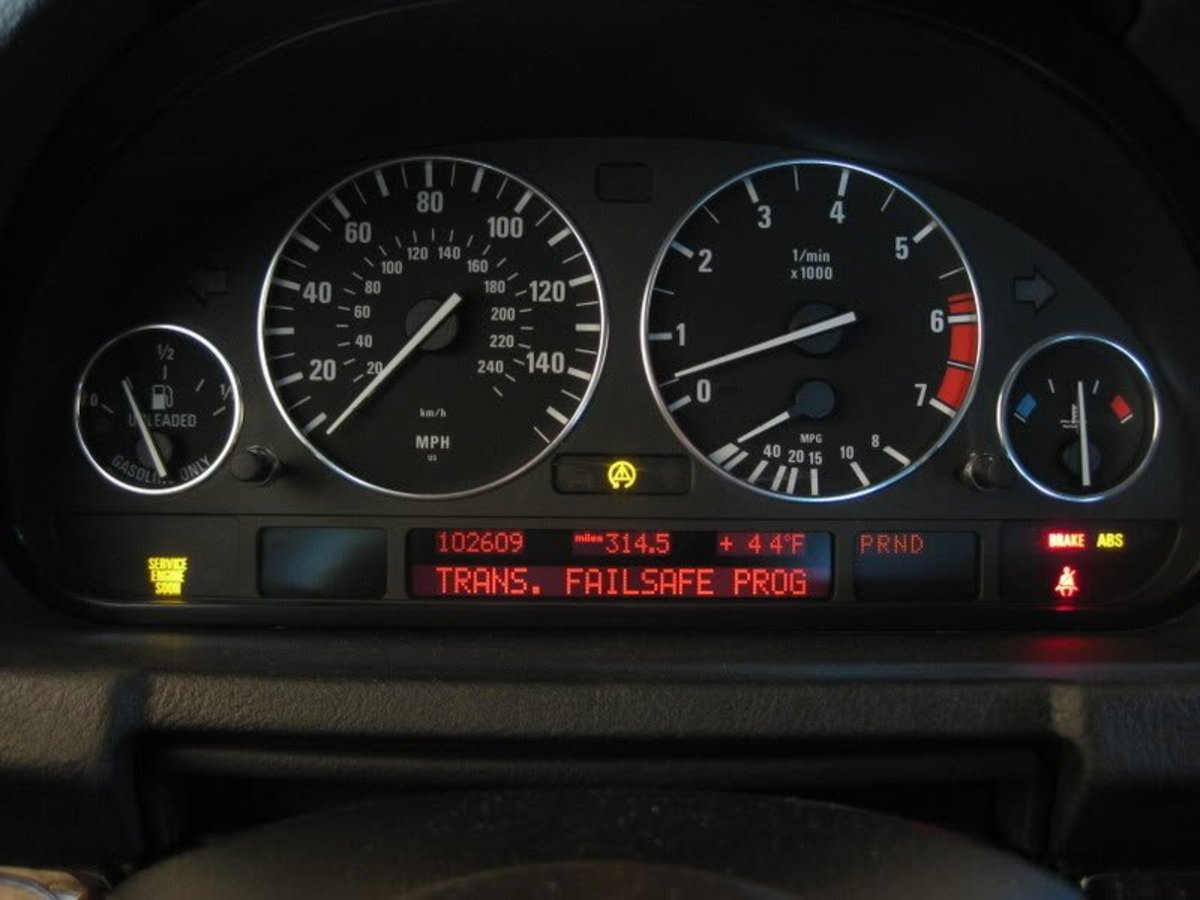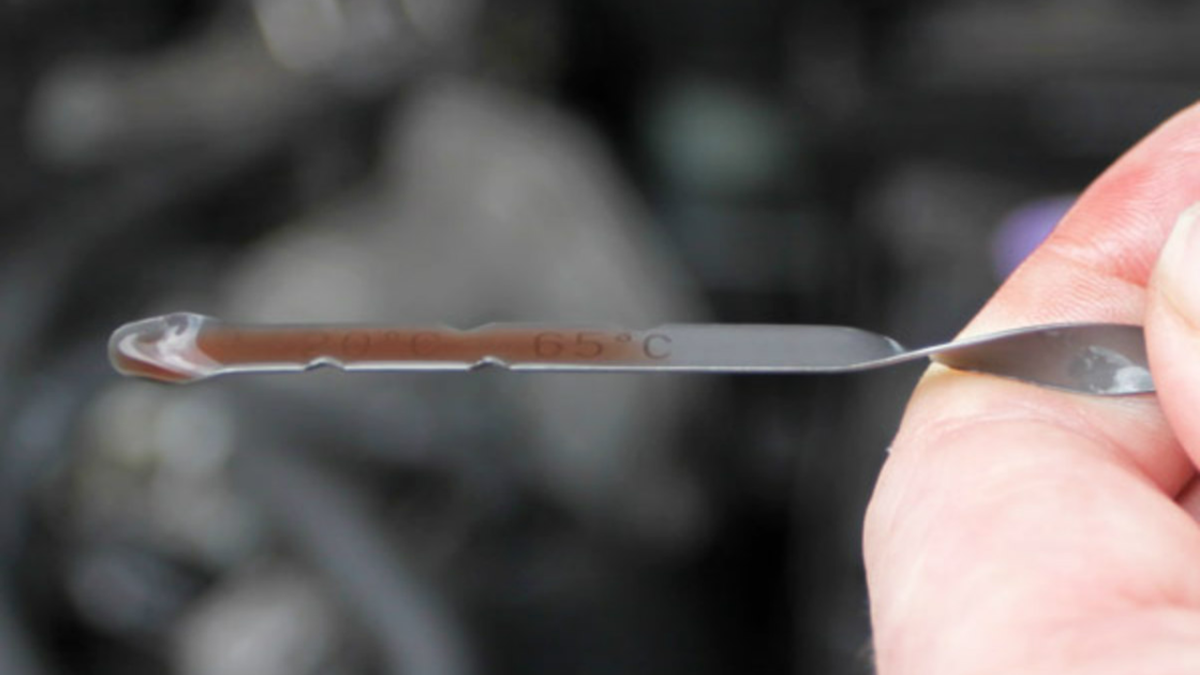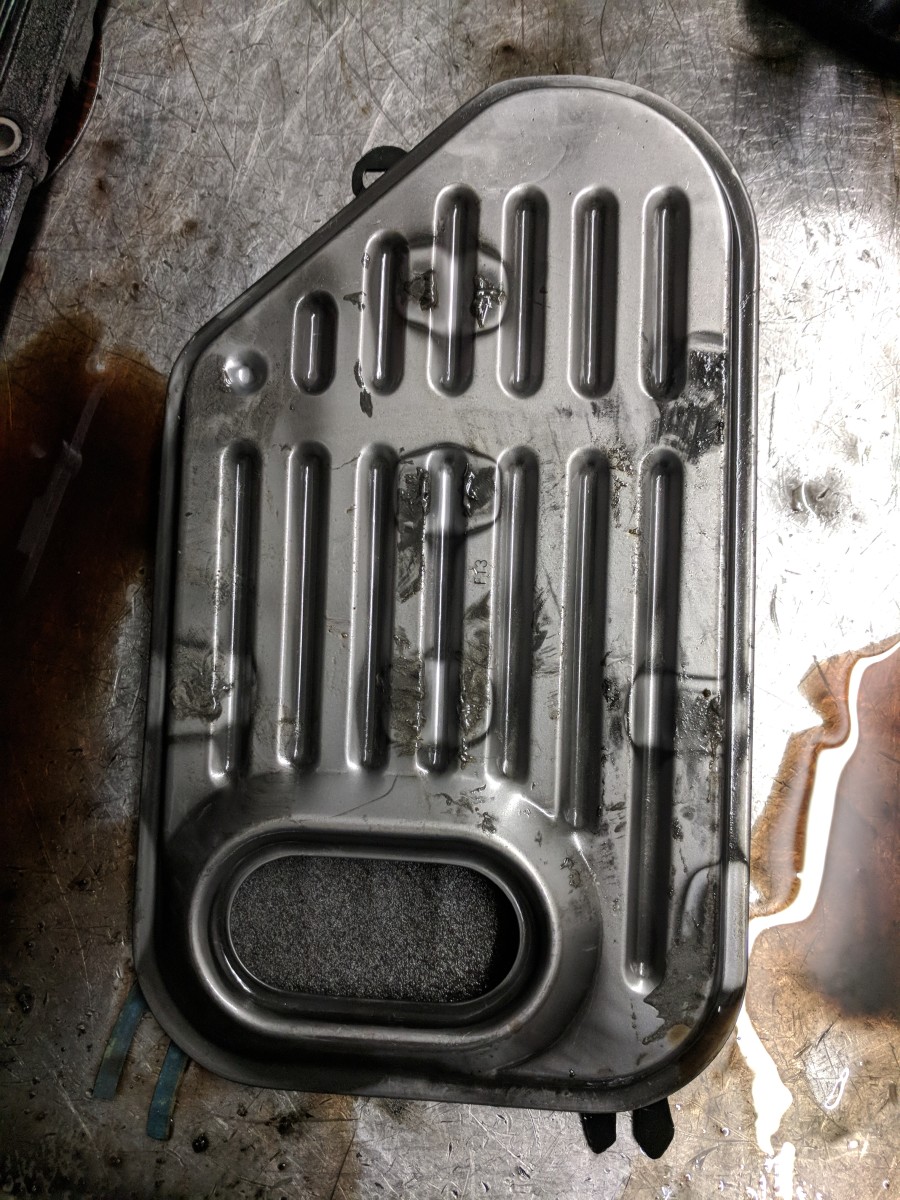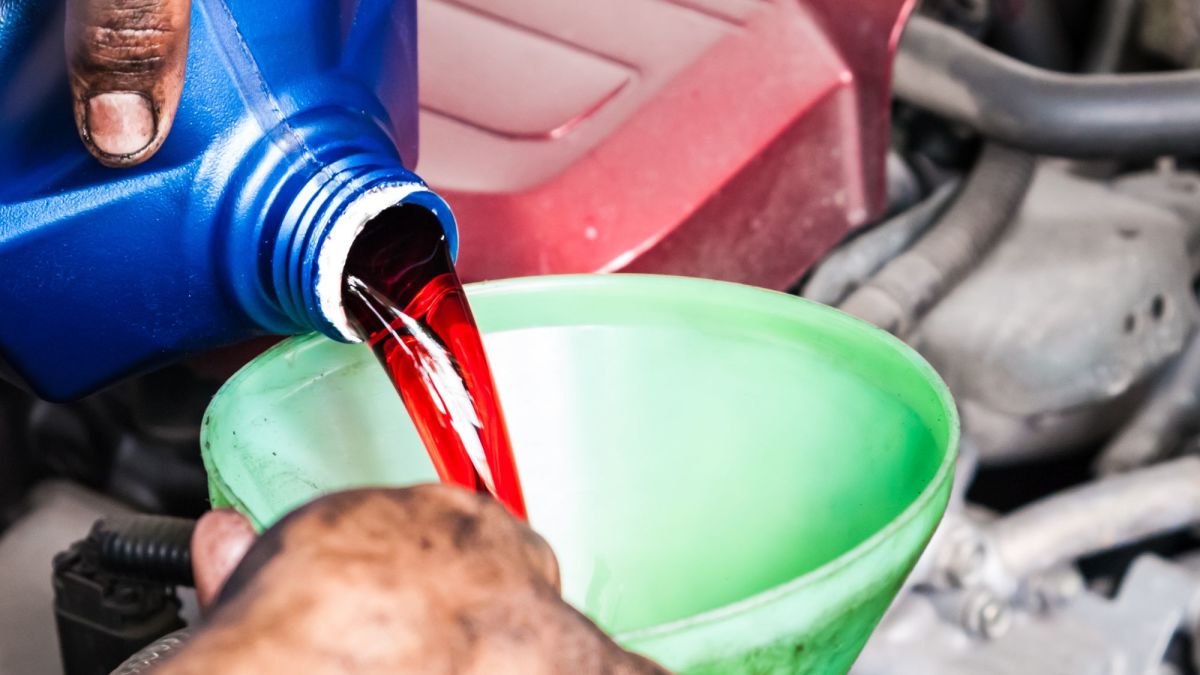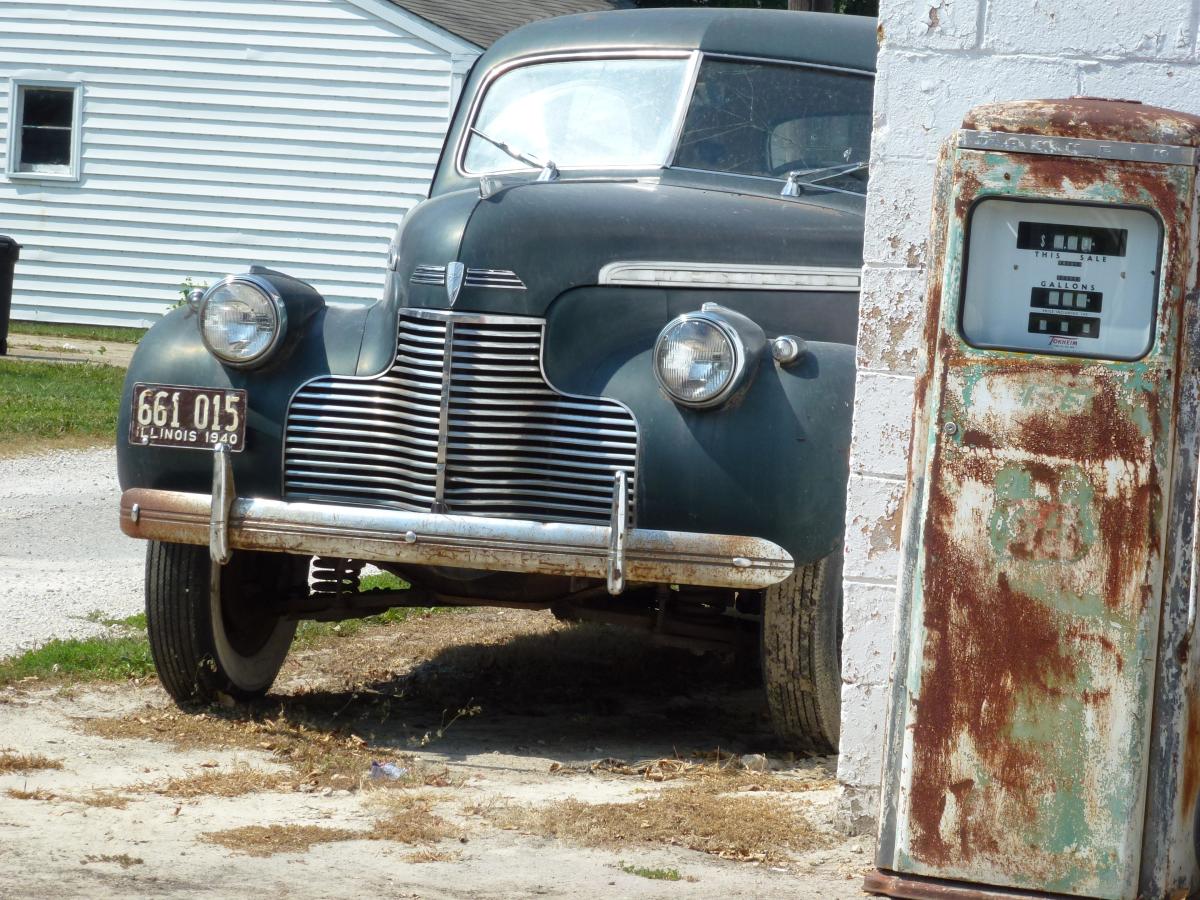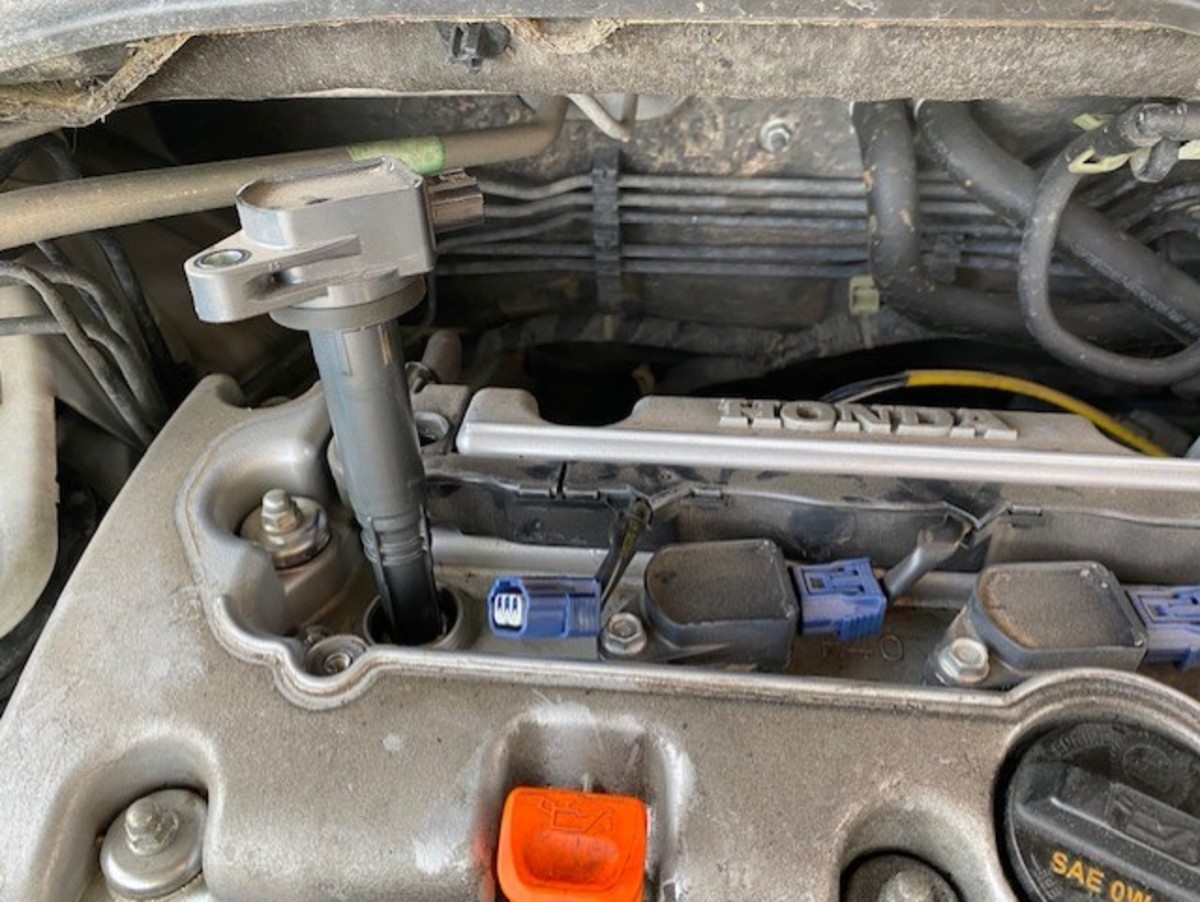Truck Maintenance to Make Your Pickup Last Longer

It sure is beautiful, that big truck you bought. Even if you don’t haul massive loads or tow supersized earth moving machinery, your truck still lives a hard life. Admit it, this expensive beauty does not lead a pampered existence.
Since trucks are bigger, higher, heavier and more massive than cars, we tend to care for them differently. We’re more likely to run over potholes and speedbumps faster. And, worst of all, we don’t think twice about plowing through deep puddles of what that we would normally navigate around with a car.
What about those big tires we installed. They impose extra stress on the steering and suspension.
And then there’s the poor transmission with its delicate internal parts. It has to work harder to compensate for all that extra weight we’re dragging around.
Let’s face it, we treat trucks differently than cars, so we need a different maintenance routine for our trucks. Even the best pickup truck will start to wear down if you don't take care of it. Here are some things you can do to your truck to keep it running longer.
Protect Your Truck's Brakes
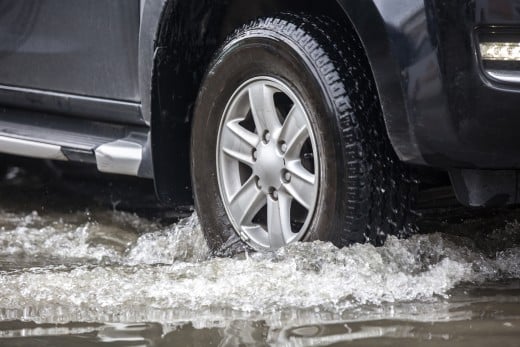
You may be sitting higher in a truck, but your brakes are not very high off the ground. Driving through deep water, especially if the brakes are already hot, will rapidly cool the brake calipers. They will pull in cold water past their seals. Water instantly destroys brake fluid, and that breakdown will soon cause harmful (and expensive) corrosion in the brake system.
So what can we do to protect the brakes on our truck? Water washes the lubricants off the brake’s sliding surfaces, like caliper pins and mounting surfaces. That causes annoying noises and premature wear.
You don’t have to do it every few months, but maybe every other year remove your calipers and apply a film of high temperature grease to the moving contact areas. Maybe you can do this during that annual brake inspection you do, right? You can remove the calipers because you already know how to change brake pads, right?
Likewise, the parking brake cables will become corroded as they absorb water. If you never use the parking brake, you will be completely oblivious as this damage progresses. That is, until one day you apply the parking brake, only to find it won’t release and your truck is now frozen and immovable.
The cure? It’s easy. Apply the parking brake every time you park. That will keep movement in the cables.
Take Care of Your Truck’s Automatic Transmission
The most expensive repair your truck is ever likely to need is also the cheapest one to prevent. Invest $75 and buy an aftermarket, auxiliary automatic transmission fluid cooler. You can install it yourself in one afternoon, just follow the instructions that come in the package.
You should also learn how to change the transmission fluid. Automatic transmissions contain about 12 quarts of a very thin lubricating fluid. Change it more often than the factory recommends. Otherwise, you may need to set aside $3,000 for a new transmission if you don’t take care of it.
The most expensive repair your truck is ever likely to need is also the cheapest one to prevent. Invest $75 and buy an aftermarket, auxiliary automatic transmission fluid cooler.
4x4 Transfer Cases and Front Axles
If your truck is a 4X4 vehicle, you have some extra maintenance you’ll need to perform.
When we pay extra money to buy a four-wheel-drive vehicle, what exactly are we buying that converts an ordinary truck into a 4X4? The short answer is that we purchase a transfer case and an extra drive axle to go on the front of the vehicle. Along with that, we get a lot of extra support equipment. That would mainly be heavier steering and suspension parts, but those don’t require any extra maintenance, at least nothing more than your car does. The driveline, then, is the primary maintenance-eater.
Front Drive Axle
The front drive axle has its own set of gears and precision bearings, just as the rear axle has. The gears’ lubricant has to be replaced every so often. It’s easy to neglect the front drive axle, because it will work flawlessly until it suddenly starts making very expensive noises. (And you won’t like the noises.) Then it’s too late to save the axle from destruction.
The moral of the story is, just buy the three quarts of axle fluid. It’s not expensive, and replace yours every three years or so. Again, it’s an easy chore to do. Just be sure you don’t put in the wrong fluid. That could be bad news.
Transfer Case
The transfer case is a small transmission, and we know that transmissions of any type or size are expensive. What’s even worse, they always live hidden under the vehicle, which makes it easy to forget them for things like routine maintenance. Like we said, your truck lives a hard life even in the city.
So, what gets “transferred,” besides money from you to the dealership when you bought the 4X4 truck? Power, and lots of it. The transfer case takes engine power from behind the transmission and directs it to the front drive axle. Then that power goes on to the front wheels, but only when you call upon it to do so by shifting into 4X4 mode. Otherwise friction and mass within the extra driveline components would consume power, and lower your fuel economy, if they were operated full time.
So, to wrap this point up, find out what type of fluid your transfer case requires, and replace it as per your factory recommended schedule. Or be safe, and replace it a little more often.
Especially beware here, as transfer cases these days require vastly different types of fluids than the older vehicles did. Damage will occur if you put in the wrong type of fluid. Check twice to be sure you have the correct fluid, then check once more.
Your Engine Has a Temper, It's Hot All the Time
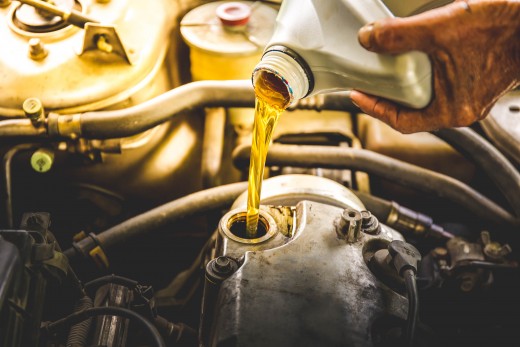
Only six tiny quarts of oil are all that stand between your engine and total destruction. Oil serves four purposes in its unseen, ignored, unappreciated and taken-for-granted life. It cleans, cools, seals and lubricates all those very expensive internal engine parts. If that wasn’t enough, oil has to withstand the searing heat of combustion, which is an incredible 2,500 degrees Fahrenheit.
It has long been established that synthetic engine oil performs better than conventional oil under those harsh conditions. Yet, synthetic oil only costs a mere $3 more per quart than conventional oil. It delivers twice the lifespan before you have to change it. So, spend the extra nickel and buy the good stuff.
While you are at it, spend a few dollars more and buy an oil filter that is rated for synthetic oil, because it will be on your engine twice as long. A little extra protection is a good idea.
Don't Ignore the Paint
So, we had some off-road fun, and then drove through the car wash on the way home. That’s a lot of abrasive dust and dirt on the paint, getting scrubbed all around by those big car wash brushes.
Buy the best wax you can find, and put on a nice coat on the truck twice a year, preferably six months apart.
And if you pressure wash the mud off your truck with those big wands that blow soapy water out like a cannon, don’t aim them directly at the lights. The last thing you want is water forcing its way into electrical components or even into their wire connections. Be safe.
Those Big Tires and Your Alignment
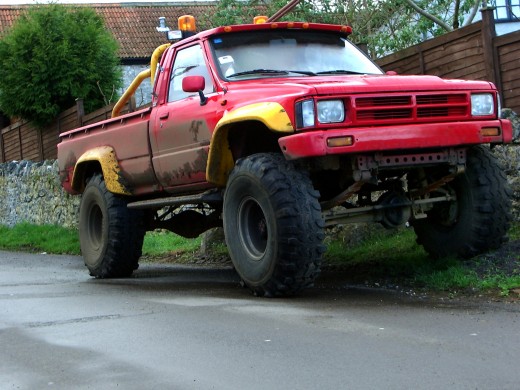
Yes, they look good. Massive and heavy. The tradeoff? Extra strain on the steering components. When the wheel alignment gets out of specifications, those big tires will wear at an accelerated pace.
Every two years is good for an alignment check, but more often is better if you have really big wheels and tires. Think of it as cheap insurance.
Here’s a tip. As tires roll, they will naturally want to follow the tread pattern on them. So, if you have those really nice-looking off-road tires, don’t expect the truck to drive perfectly straight like a train on tracks. On the level highway, the truck will wander ever so slightly, as the zig-zag pattern on the front tires pull the steering wheel gently from side to side. With tires like that, a little wander in the steering is normal, and can’t be corrected with a wheel alignment. Don’t waste your money on repeated alignments trying to eliminate the wander.
Wheel Bearings Need Extra Attention on a Truck
Oversized wheels and tires place an extra strain on the front wheel bearings, because the big wheels exert more leverage on the tiny bearings. So it is a good idea to read up on how to check the front wheel bearings for wear, and then do it once a year during the annual brake check.
One more tip here. If you have an older truck, the wheel bearings are most like very serviceable. You are supposed to remove them periodically, clean them thoroughly, then inspect them carefully for wear and pitting. You might also find some damage from water.
If those tiny bearings are still useable to hold those big wheels on, while under the full weight of the truck, then you are supposed to repack them with fresh grease.
Beware again, because the wheel bearing grease must meet specifications for use with disc brakes.

